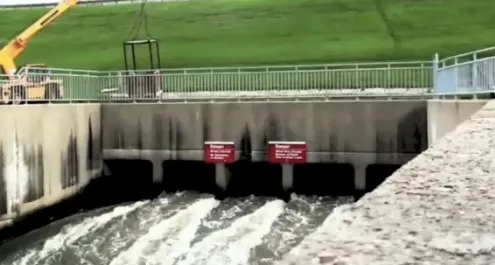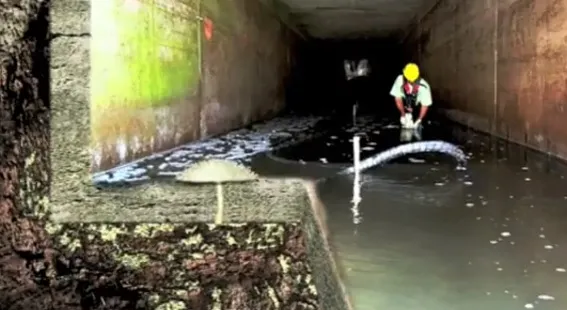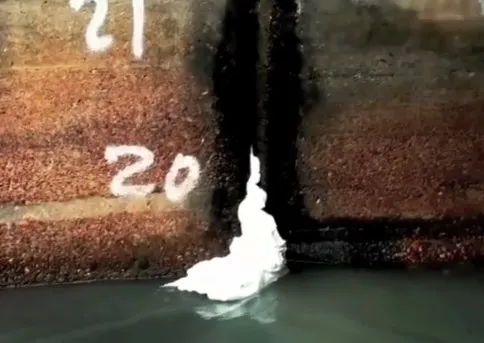GeoResin technology has helped restore the flood gates that protect the city of Houston, Texas. The Addicks and Barker reservoirs are designed to protect Houston and its surrounding areas from flooding. They feed Buffalo Bay, which flows through downtown Houston and into the Gulf of Mexico.
If one of the reservoirs fails to control the water flow, much of Houston would be flooded, with water levels rising up to 3 stories. It has been estimated that Addicks and Barker prevent $16 million in flood damage annually.
Both reservoirs were built in the 1940s. A pipe gate, which is located in a concrete dam, is used to control flood water levels. Over the years, the pipe gate has been modified to handle greater water flow as the city has grown and developed. Continuous reservoir outflow, increased pressure, a spillway designed for previous volumes of water, soil erosion, and hidden voids are the main enemies of the technical condition and operational purpose of the Houston Reservoir System.
On April 30, 2009, a record high water level was recorded at the reservoir, prompting the U.S. Army Corps of Engineers to act quickly to strengthen and stabilize the spillway. Previous inspections of the system had revealed large voids and water flowing under the culverts. The enormous size and volume of the voids, combined with the recent record high water level, convinced the U.S. Army Corps of Engineers that urgent repairs were needed to the Addicks and Barker Reservoir Outlet System. Soil erosion was undermining the integrity of the pipe spillway, so the risk of failure of the hydraulic structures was extremely high.
The Army Corps of Engineers considered various repair options, but the continuous flow of water through and under the system did not favor traditional methods, which involve high impact loads and vibrations. The high water level in the reservoir did not allow the outlet to be shut off long enough to completely replace the culverts. Most importantly, all of the work to eliminate voids and water leaks under the outlet was designed to protect the residents of Houston.
“We are pleased with the work of GeoResin. Under adverse conditions, they were able to achieve all of the objectives set out, and the risks to the city are now minimal” – US Army Corps of Engineers
In water-saturated soils, grouting would have been counterproductive and, given the flow rate of water in the reservoir, would not have stabilized the system. Also, heavy cement masses increased the risk of erosion and unpredictable loads on already weakened soil.
The U.S. Army Corps of Engineers has selected GeoResin as a company that uses geopolymers that can be injected into saturated soils to stabilize weak soils beneath heavy structures and improve their load-bearing capacity. GeoResin completed both the Addicks and Barker Reservoir spillway stabilization projects as specified by the U.S. Army Corps of Engineers in less than three weeks. Testing after completion revealed significant improvements in soil properties. It was also noted that voids were now replaced by compacted soil, high-density polymer, or a combination of both, indicating that the soil strata were performing well in supporting the structure. Once GeoResin completed its injection processes, the “emergency” status was lifted as the outfall systems were stable, safe, and suitable for future use by the City of Houston and the surrounding area.




